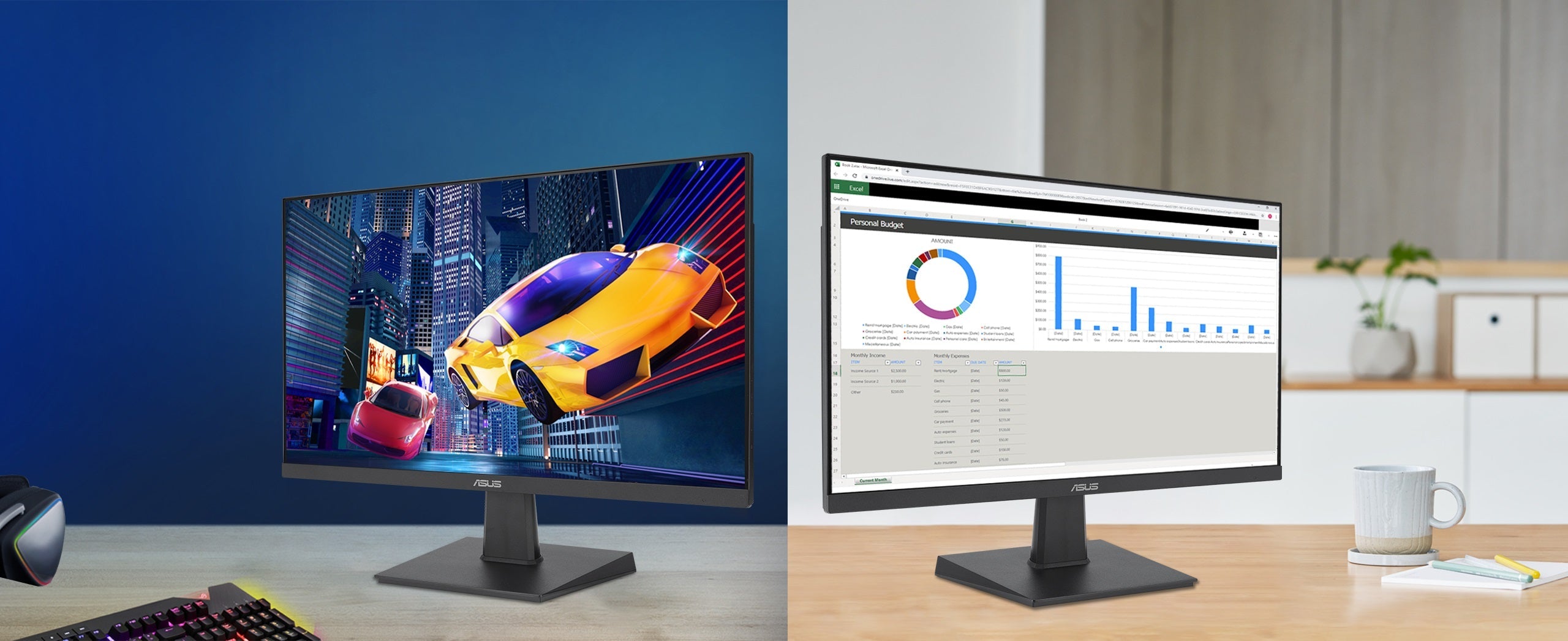
An IPS (In-Plane Switching) display is a LCD technology using horizontal liquid crystal alignment to minimize color shift, delivering 178-degree wide viewing angles, accurate color reproduction, an...

TFT (Thin-Film Transistor) displays, a foundational LCD technology, often show limited 160° viewing angles with noticeable color shifts, while IPS (In-Plane Switching), a refined TFT variant, deliv...

To test an IPS panel’s quality, start by measuring its contrast ratio (ideally 1000:1–1440:1) with a brightness meter, then check response time (target ≤5ms) using fast-moving visuals to spot ghost...
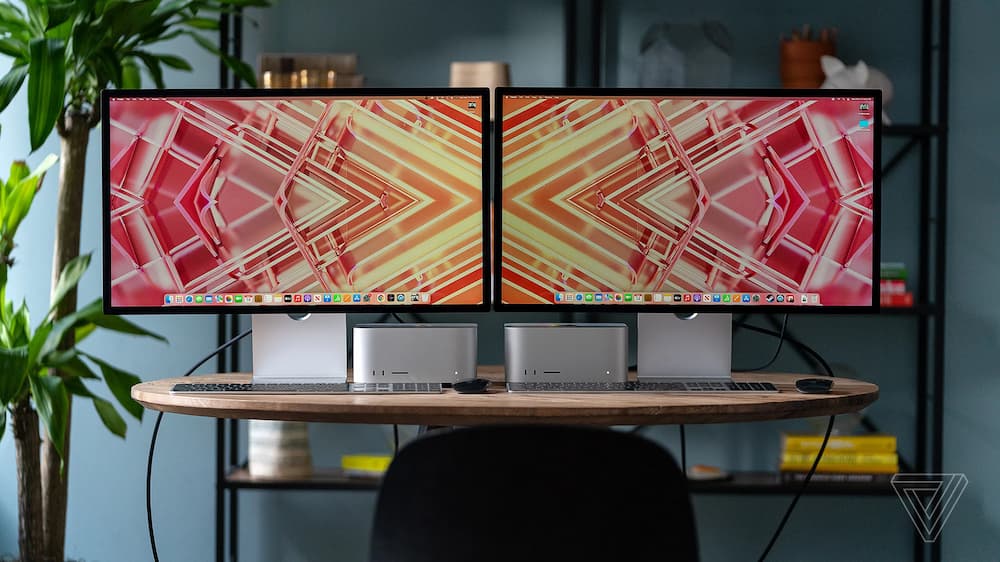
An IPS panel offers 178-degree wide viewing angles, reducing color distortion significantly compared to TN panels (often under 160 degrees), and provides Delta E < 2 color accuracy, ensuring viv...
An IPS (In-Plane Switching) display is a LCD technology where liquid crystals align horizontally and rotate within their plane to control light transmission, delivering wide 178-degree viewing angl...

Choosing an IPS screen for mobile devices is practical: it offers a wide 178-degree viewing angle (vs. ~160 degrees for basic TN panels), keeping colors consistent even when viewed from the sides, ...
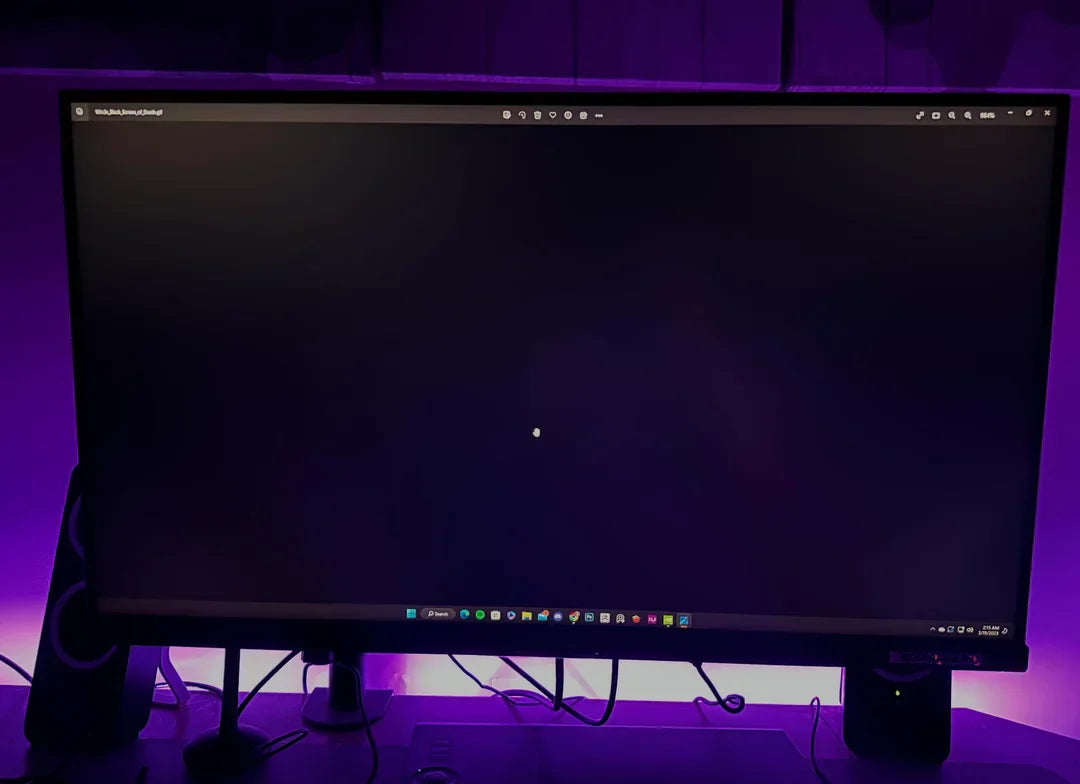
Typically, IPS displays have a lifespan of around 30,000 to 50,000 hours of active use, translating to roughly 10 to 17 years with daily 8-hour usage, though actual longevity varies based on bright...
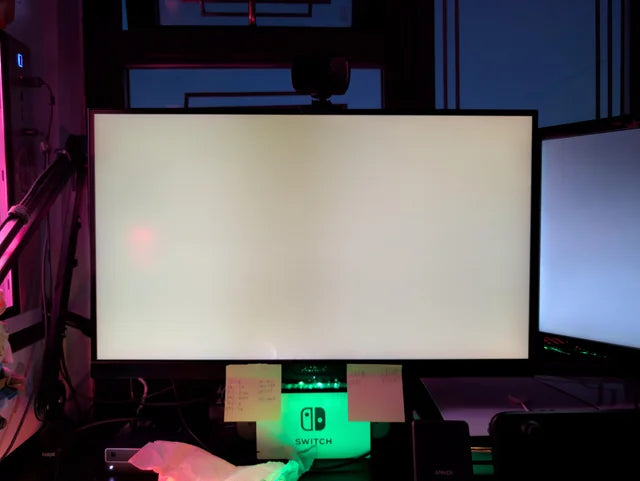
Fix common IPS screen issues in 5 steps: First, gently clean smudges with microfiber cloth dampened by 0.5% isopropyl alcohol (avoid harsh chemicals); second, if touchscreen lags, tap edges softly ...
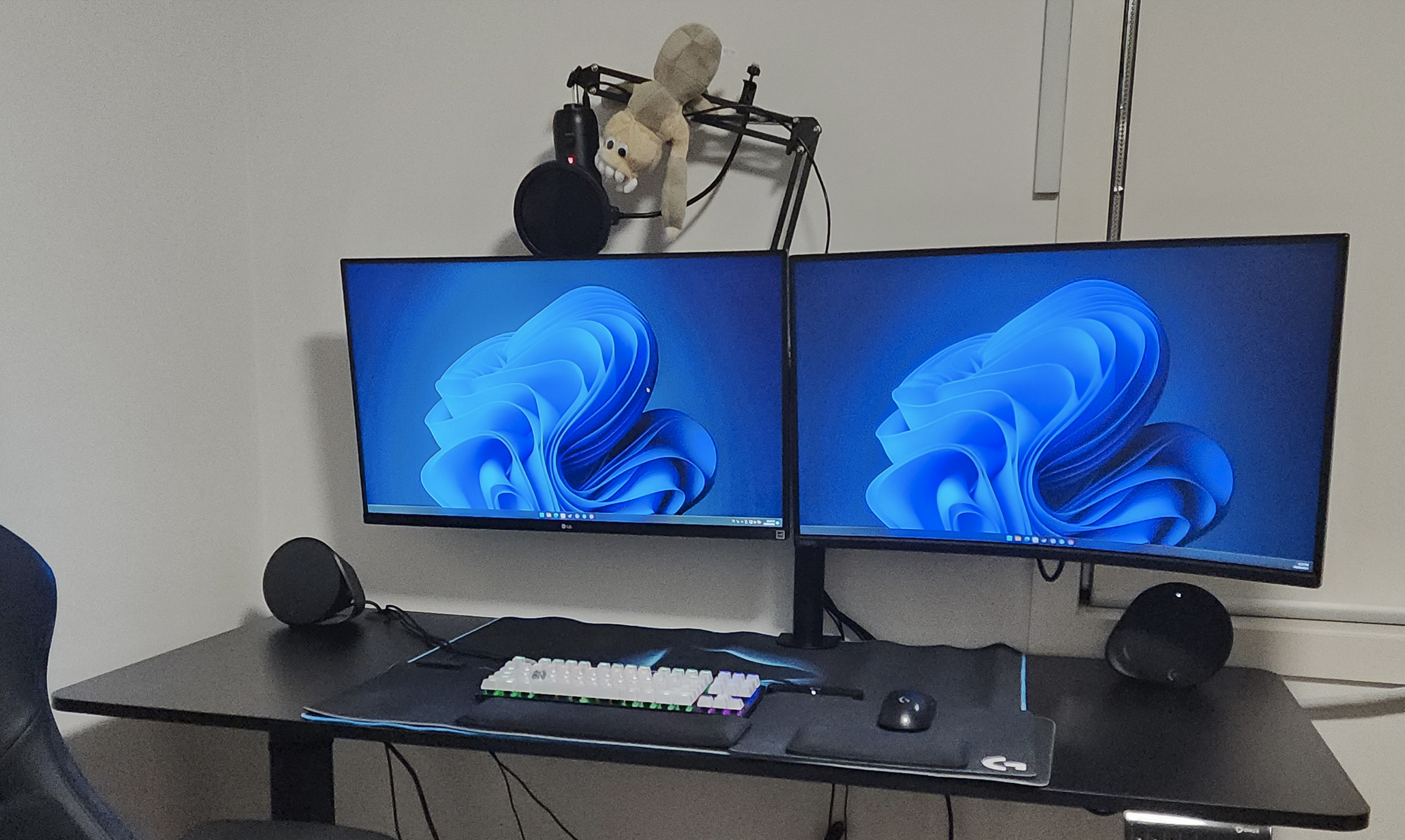
An IPS (In-Plane Switching) display, a subtype of LCD technology, primarily differs in viewing angles and color performance: IPS panels boast 178-degree wide viewing angles (vs. ~160 degrees on bas...


